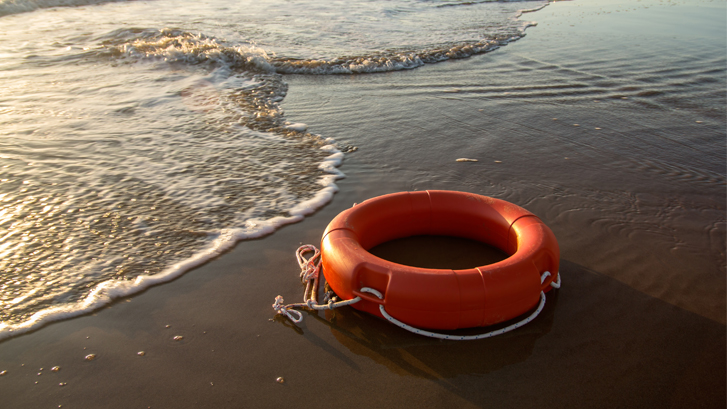This Summer Look Out for Dry Drowning!
What you should know about Dry Drowning
The summer is always hot and the go-to activities usually involves water. While we all love swimming and water theme parks, it’s important to be safe! So be on the lookout for dry drowning, as dry drowning is generally overlooked.
Dry drowning usually affects small children and is caused by involuntary contractions of the vocal cords due to irritation by water or fluid. The contraction of the vocal cords is the body’s reaction to water/fluid in an effort to prevent the further entrance of water/fluid. The contractions can temporarily cut off the air supply to the lungs, making it hard to breathe.
Dry drowning occurs when children breathe in the water but the water does not reach the lungs. It is important to differentiate dry drowning and secondary drowning. Secondary drowning occurs when water enters the lungs, causing fluid to build up, which can essentially lead to a condition known as pulmonary edema, but the symptoms develop after the child has left the pool.
Nevertheless dry or secondary drowning can, in fact, cause difficult breathing, which would only continue to worsen over time. The conditions would not appear several days later. Rather, the symptoms would appear promptly and would worsen over the following 24 hours after having water contact.
What are the signs/symptoms of dry and secondary drowning?
The common signs include:
- Trouble breathing
- Coughing
- Sleepiness or a drop in energy level (Sluggish)
- Irritability
- Chest pain
- Vomiting or diarrhea
- Confusion
If you notice the coughing is persistent and lasts more than 20-30 minutes, it is likely that water has entered the lungs. Moreover, if the child has trouble breathing, the child needs to receive emergency care immediately. It is important to remember that children can be confused and unable to verbalize or express their thoughts.
Treatment for dry drowning
The child will need to be transferred to a hospital as soon as possible. CPR, performed, ideally, by a certified person, may be needed until the child reaches the hospital or the paramedics arrive. The child may need oxygen, a chest X-ray, an IV, and may be admitted to the hospital for observation. The child may need to have fluid removed. The child may need supplemental oxygen or a breathing tube for a while. Doctors will check the airways and will monitor the child.
Preventing Dry Drowning
The best way to prevent dry drowning is to watch your child closely when they are in or around the water. Don’t allow your child go into deep water if they do not know how to swim well. If you child does not know how to swim, avoid bodies of water without life guards. Remember, even in shallow water, dry drowning or secondary drowning can occur. Do not let your guard down! Drowning of any kind can occur in any body of water i.e. bathtubs, ponds, lakes, swimming pools, and beaches.
Medically Review by Dr. Roman Shulze

